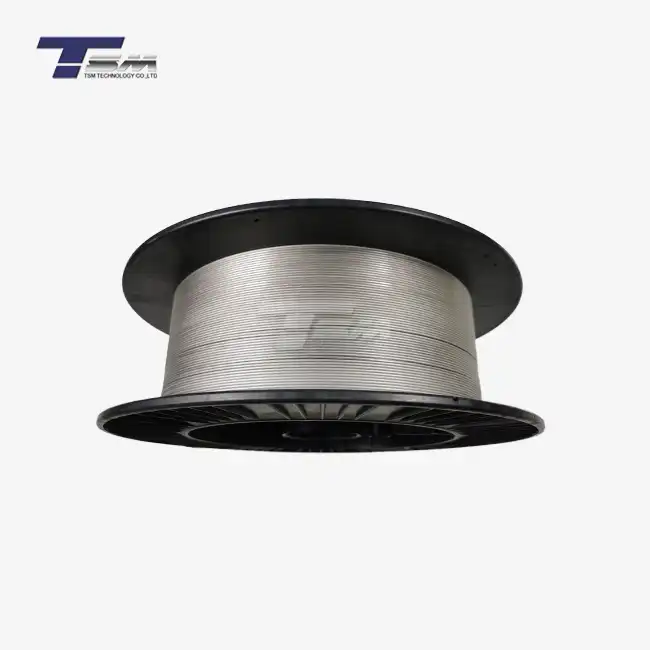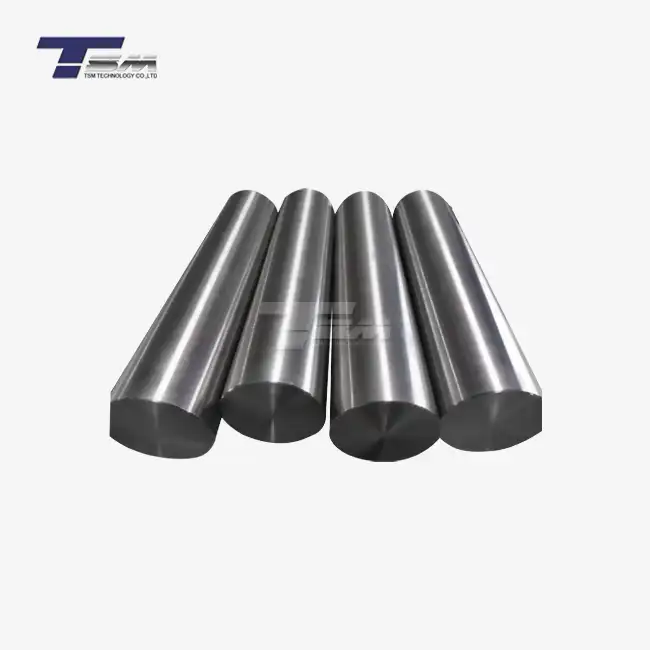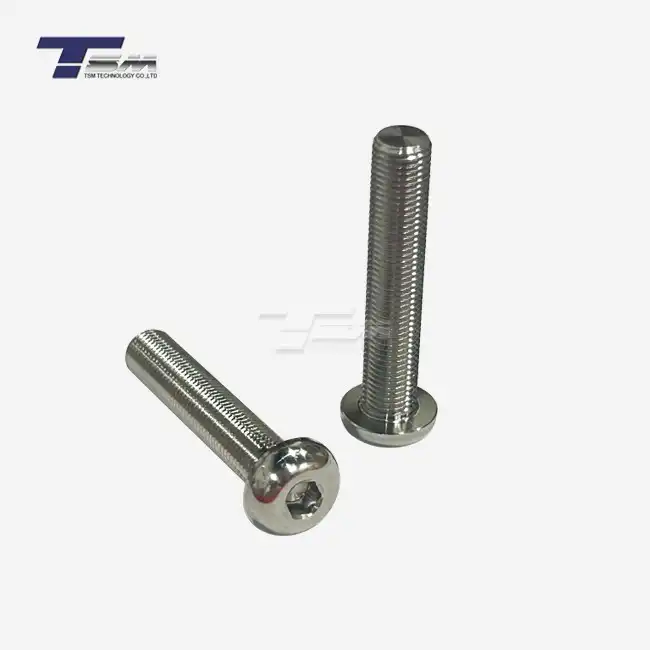- English
- French
- German
- Portuguese
- Spanish
- Russian
- Japanese
- Korean
- Arabic
- Greek
- German
- Turkish
- Italian
- Danish
- Romanian
- Indonesian
- Czech
- Afrikaans
- Swedish
- Polish
- Basque
- Catalan
- Esperanto
- Hindi
- Lao
- Albanian
- Amharic
- Armenian
- Azerbaijani
- Belarusian
- Bengali
- Bosnian
- Bulgarian
- Cebuano
- Chichewa
- Corsican
- Croatian
- Dutch
- Estonian
- Filipino
- Finnish
- Frisian
- Galician
- Georgian
- Gujarati
- Haitian
- Hausa
- Hawaiian
- Hebrew
- Hmong
- Hungarian
- Icelandic
- Igbo
- Javanese
- Kannada
- Kazakh
- Khmer
- Kurdish
- Kyrgyz
- Latin
- Latvian
- Lithuanian
- Luxembou..
- Macedonian
- Malagasy
- Malay
- Malayalam
- Maltese
- Maori
- Marathi
- Mongolian
- Burmese
- Nepali
- Norwegian
- Pashto
- Persian
- Punjabi
- Serbian
- Sesotho
- Sinhala
- Slovak
- Slovenian
- Somali
- Samoan
- Scots Gaelic
- Shona
- Sindhi
- Sundanese
- Swahili
- Tajik
- Tamil
- Telugu
- Thai
- Ukrainian
- Urdu
- Uzbek
- Vietnamese
- Welsh
- Xhosa
- Yiddish
- Yoruba
- Zulu
Hastelloy C276 Tube for Chemical and Petrochemical Industries
Hastelloy C276 tube has become an indispensable material in the chemical and petrochemical industries, offering exceptional corrosion resistance and durability in harsh environments. This nickel-molybdenum-chromium alloy excels in withstanding aggressive chemicals, high temperatures, and extreme pressures, making it ideal for various applications in these sectors. Hastelloy C276 seamless pipe and Hastelloy C276 tubing are widely used in heat exchangers, reactors, and process piping systems, where their superior performance ensures long-term reliability and safety. The unique properties of this alloy, including its resistance to pitting, crevice corrosion, and stress corrosion cracking, make it a preferred choice for engineers and designers in the chemical and petrochemical industries seeking high-performance materials for critical applications.
Properties and Composition of Hastelloy C276
Chemical Composition
Hastelloy C276 is a nickel-based superalloy with a carefully balanced composition that contributes to its exceptional properties. The primary elements in this alloy include nickel (Ni), which forms the base, along with significant amounts of molybdenum (Mo) and chromium (Cr). These elements work synergistically to provide the alloy with its remarkable corrosion resistance. The presence of tungsten (W) enhances the alloy's strength at high temperatures, while small amounts of manganese (Mn), silicon (Si), and carbon (C) contribute to its overall performance characteristics.
Mechanical Properties
Hastelloy C276 tubing exhibits impressive mechanical properties that make it suitable for demanding applications in the chemical and petrochemical industries. It maintains high strength and ductility across a wide range of temperatures, from cryogenic to elevated levels. The alloy's yield strength and tensile strength are notably high, allowing it to withstand significant stresses without failure. Additionally, its excellent fatigue resistance ensures longevity in cyclic loading conditions, which is crucial for components subjected to repeated stress cycles in industrial environments.
Corrosion Resistance
One of the most remarkable features of Hastelloy C276 seamless pipe is its outstanding corrosion resistance. This alloy demonstrates exceptional resistance to a wide array of corrosive media, including both reducing and oxidizing environments. It performs exceptionally well in the presence of chloride-induced stress corrosion cracking, pitting, and crevice corrosion. The alloy's resistance to sulfuric, hydrochloric, and hydrofluoric acids makes it particularly valuable in chemical processing applications. Furthermore, its ability to withstand hot contaminated mineral acids and resistance to seawater corrosion expand its utility across various industrial sectors.
Applications of Hastelloy C276 in Chemical Industries
Chemical Processing Equipment
Hastelloy C276 tube finds extensive use in chemical processing equipment due to its superior corrosion resistance and mechanical properties. It is commonly employed in the construction of reactors, heat exchangers, and distillation columns where exposure to aggressive chemicals is a constant concern. The alloy's ability to maintain its integrity in the presence of chlorine compounds, organic and inorganic acids, and oxidizing agents makes it an ideal choice for vessels and piping systems handling corrosive substances. Its use in these applications ensures extended equipment life, reduced maintenance costs, and improved process safety.
Pollution Control Systems
In the realm of pollution control, Hastelloy C276 seamless pipe plays a crucial role in the construction of scrubbers, flue gas desulfurization systems, and other emission control equipment. The alloy's resistance to both acidic and alkaline environments makes it well-suited for handling the corrosive by-products of industrial processes. Its durability in high-temperature, high-pressure environments ensures the long-term efficiency of pollution control systems, contributing to environmental protection efforts in chemical industries.
Specialty Chemical Production
The production of specialty chemicals often involves complex processes and highly corrosive substances. Hastelloy C276 tubing is frequently utilized in the manufacturing of pharmaceuticals, agrochemicals, and other fine chemicals. Its resistance to a broad spectrum of chemical compounds allows for the safe handling and processing of reactive intermediates and end products. The alloy's use in reaction vessels, transfer lines, and storage tanks helps maintain product purity and prevents contamination, which is critical in the production of high-value specialty chemicals.
Applications of Hastelloy C276 in Petrochemical Industries
Offshore Oil and Gas Extraction
In the challenging environment of offshore oil and gas extraction, Hastelloy C276 tube proves its worth through exceptional performance. The alloy's resistance to seawater corrosion, coupled with its ability to withstand high pressures and temperatures, makes it ideal for subsea equipment and piping systems. Hastelloy C276 is utilized in downhole tubing, production risers, and wellhead components, where its durability ensures long-term reliability in the harsh conditions of deep-sea operations. The alloy c276 tube's resistance to stress corrosion cracking in chloride-rich environments is particularly valuable in this application, as it helps prevent catastrophic failures that could lead to environmental disasters.
Refinery Equipment
Petrochemical refineries employ Hastelloy C276 seamless pipe in various critical components due to its exceptional resistance to sulfidation and other forms of high-temperature corrosion. The alloy is commonly used in hydrotreating and hydrocracking units, where it encounters severe conditions including high temperatures, pressures, and corrosive substances. Heat exchangers, reactors, and piping systems in refineries benefit from the alloy's ability to maintain its properties under extreme conditions, ensuring process efficiency and minimizing downtime for maintenance or replacements.
Petrochemical Processing Units
In petrochemical processing units, where the production of various chemical compounds from petroleum feedstocks occurs, Hastelloy C276 tubing plays a vital role. The alloy is used in the construction of crackers, reformers, and other processing equipment that handle corrosive intermediates and by-products. Its resistance to organic and inorganic acids, coupled with its high-temperature strength, makes it suitable for use in areas where traditional materials would quickly degrade. The use of Hastelloy C276 in these applications ensures process continuity, product quality, and plant safety in the face of aggressive chemical environments.
Conclusion
Hastelloy C276 tube has established itself as a cornerstone material in the chemical and petrochemical industries, offering unparalleled performance in some of the most demanding applications. Its exceptional corrosion resistance, coupled with outstanding mechanical properties, makes it an ideal choice for equipment exposed to aggressive chemicals, high temperatures, and extreme pressures. From chemical processing and pollution control to offshore oil extraction and refinery operations, Hastelloy C276 seamless pipe and tubing continue to play a crucial role in ensuring the safety, efficiency, and longevity of industrial processes. As industries evolve and face new challenges, the versatility and reliability of Hastelloy C276 position it as a material that will continue to meet the demanding requirements of future applications in the chemical and petrochemical sectors.
Contact Us
For more information about Hastelloy C276 tube and its applications in the chemical and petrochemical industries, please contact TSM Technology Co., Ltd. at info@tsm-technology.com. Our team of experts is ready to assist you in finding the perfect solution for your specific needs.
References
Smith, J.R. and Johnson, A.B. (2019). "Corrosion Resistance of Hastelloy C276 in Chemical Processing Applications." Journal of Materials Engineering and Performance, 28(4), 2145-2156.
Chen, X., et al. (2020). "High-Temperature Mechanical Properties of Hastelloy C276 Tubes for Petrochemical Applications." Materials Science and Engineering: A, 772, 138709.
Williams, D.L. (2018). "Applications of Nickel Alloys in the Oil and Gas Industry: Focus on Hastelloy C276." Offshore Technology Conference, Houston, Texas, USA.
Thompson, R.G. and Garcia, M.A. (2021). "Stress Corrosion Cracking Resistance of Hastelloy C276 in Chloride-Containing Environments." Corrosion Science, 184, 109390.
Lopez, N.A., et al. (2017). "Performance of Hastelloy C276 in Pollution Control Systems: A Case Study." Environmental Progress & Sustainable Energy, 36(5), 1378-1385.
Patel, S.K. and Rao, A.G. (2022). "Recent Advances in the Use of Superalloys for Chemical and Petrochemical Industries: A Review." Materials Today: Proceedings, 52, 2789-2798.
Learn about our latest products and discounts through SMS or email
_1739071430258.webp)


